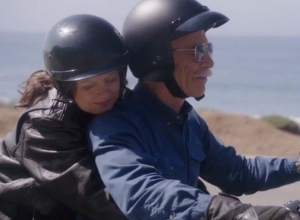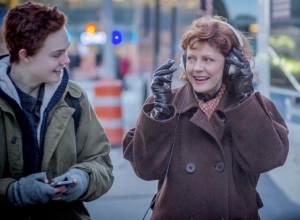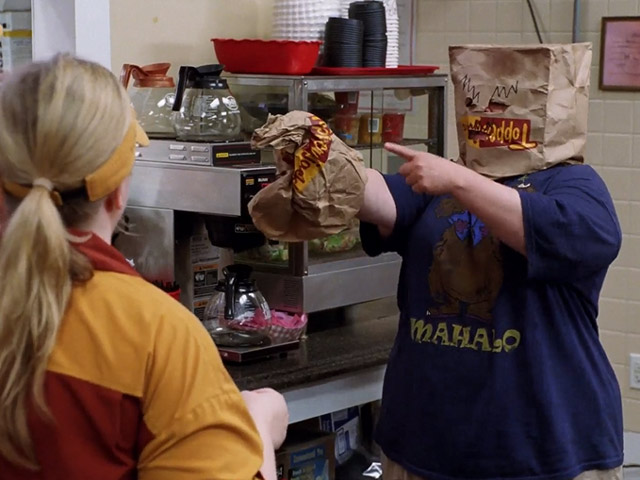Susan Sarandon's Son Slept Rough For Homeless Documentary
By WENN in Movies / TV / Theatre on 14 June 2015
Susan Sarandon And Tim Robbins' Filmmaker Son Jack Henry Slept Rough Across The U.s. To Experience The Struggles Of The Homeless As He Made New Documentary Storied Streets.
The 26 year old co-directed the film with writer Thomas A. Morgan and travelled to 13 cities, from Los Angeles to New York, to explore the issue of homelessness and the circumstances that lead to different people living on the streets.
Jack Henry Robbins says, "The thing that I found most fascinating was that we have a very slanted perception of who actually is homeless. I think we all have our experiences where we go out and have a negative experience with someone who is chronically homeless, but the chronically homeless are a very small percentage of the people who are actually homeless in this country... About 90 per cent of the homeless population are not chronically homeless, are not drug addicts..."
Sarandon, who served as the film's executive producer, reveals her eldest son even sacrificed his own luxuries for a few nights to really try to understand his documentary subjects.
During a joint appearance on U.S. news show Access Hollywood, she explains, "I think what Jack shows is how difficult it is to live on the streets and how humiliating it is for most people.
"They try to hide it and so you have a kid in school that's living under the (gym) bleachers, a kid whose family left him and he wanted to finish his education... There's a lot of different reasons and I think what he did with this film is just try to make people understand, who have compassion fatigue at this point, about the homeless, that this could be your relative... There are so many people that are so close to being homeless with just a bit of bad luck...
"Jack went on the streets, stayed with different people, and gained their trust."
Robbins reveals the news of his documentary made its way back to one of his former classmates at the University of Southern California (USC), who subsequently confessed she had been homeless while she was studying at college.
He adds, "That's kind of evidence about how you don't know (who is actually homeless)."
Contactmusic
Movies and Trailers

A Bad Moms Christmas Movie Review
Everyone's back from last year's undemanding adult comedy, plus some starry new cast members, for...

Spark Trailer
Spark is a teenage monkey living in an underground bunker on the virtually destroyed planet...

The Meddler Trailer
Marnie Minervini recently lost her husband. The couple were very much in love and did...

The Rocky Horror Picture Show - Clips Trailer
Brad and Janet are a young, innocent couple who find themselves stranded in a storm...
Advertisement

About Ray Trailer
Ray is, in many ways, a regular New York teenager who enjoys skating, goes to...

The Calling Movie Review
Dark and haunting, this Canadian thriller has an offhanded style that balances a grisly mystery...

The Calling Trailer
Hazel Micallef (Susan Sarandon) is a Detective Inspector leaving a rather peaceful existence in the...

Tammy Movie Review
Melissa McCarthy is clearly in a rut: the title character in this film isn't very...

Tammy Trailer
When Tammy is late for work following an unlikely road accident, she is fired from...













